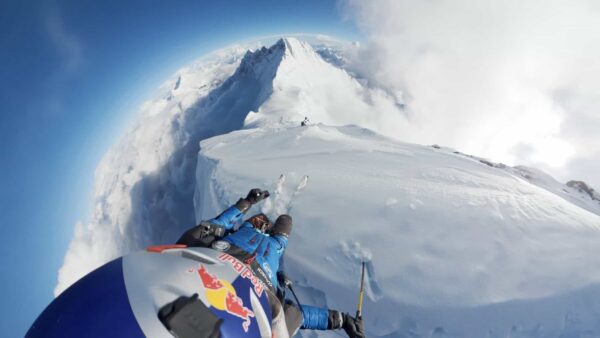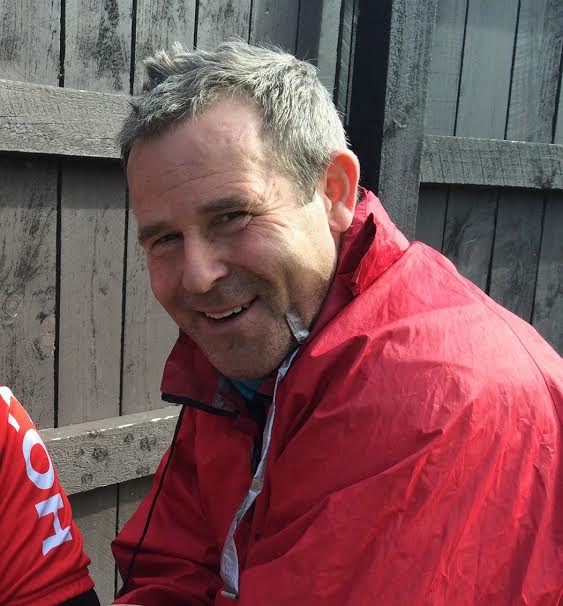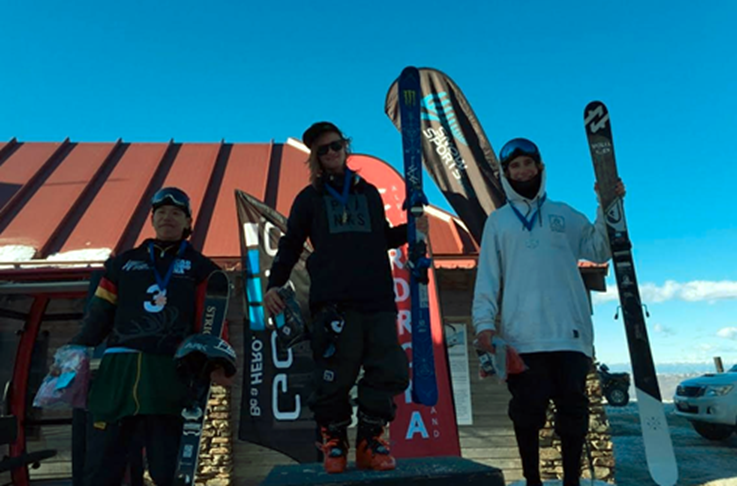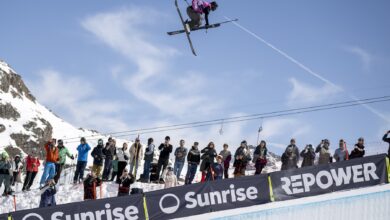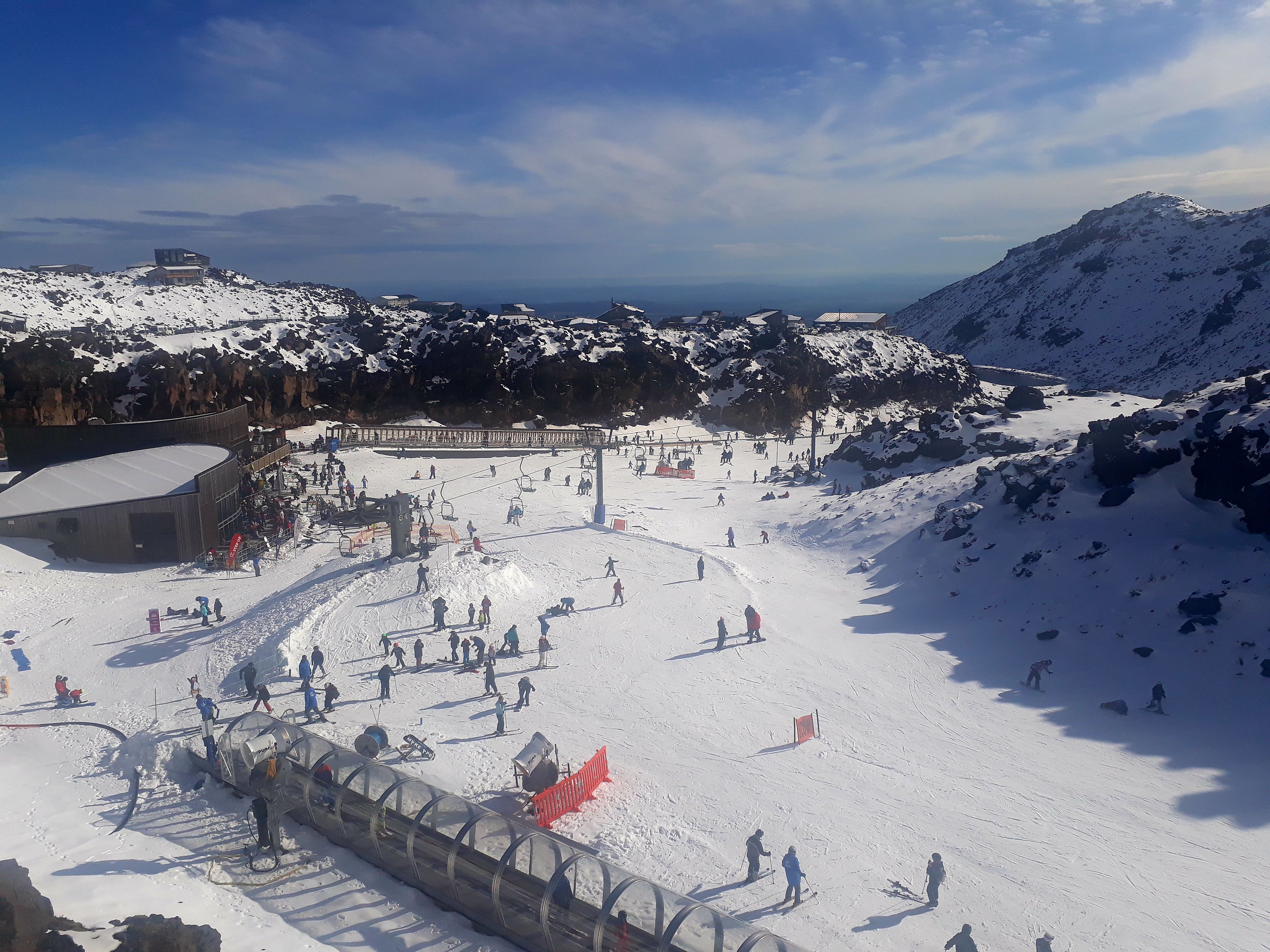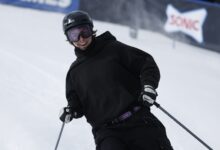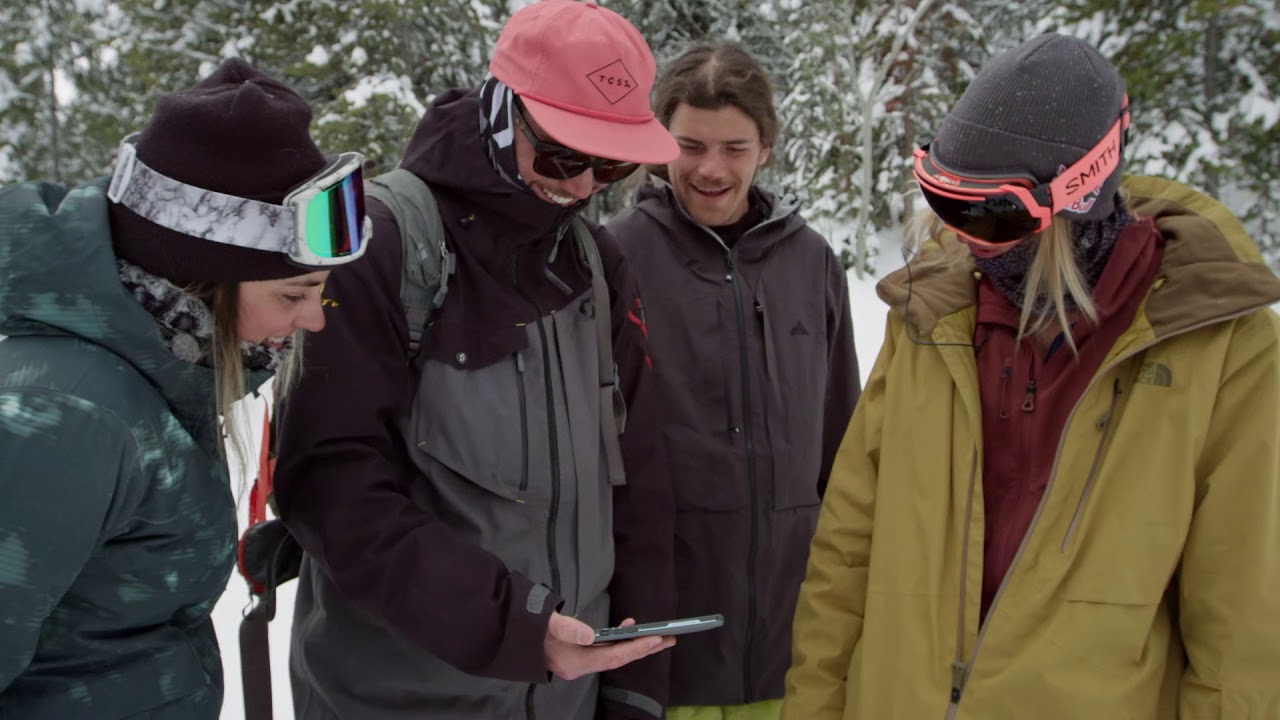WORLD FIRST: Red Bull Athlete Andrzej Bargiel Skis from the Summit of Mount Everest to Base Camp, Without Supplementary Oxygen.
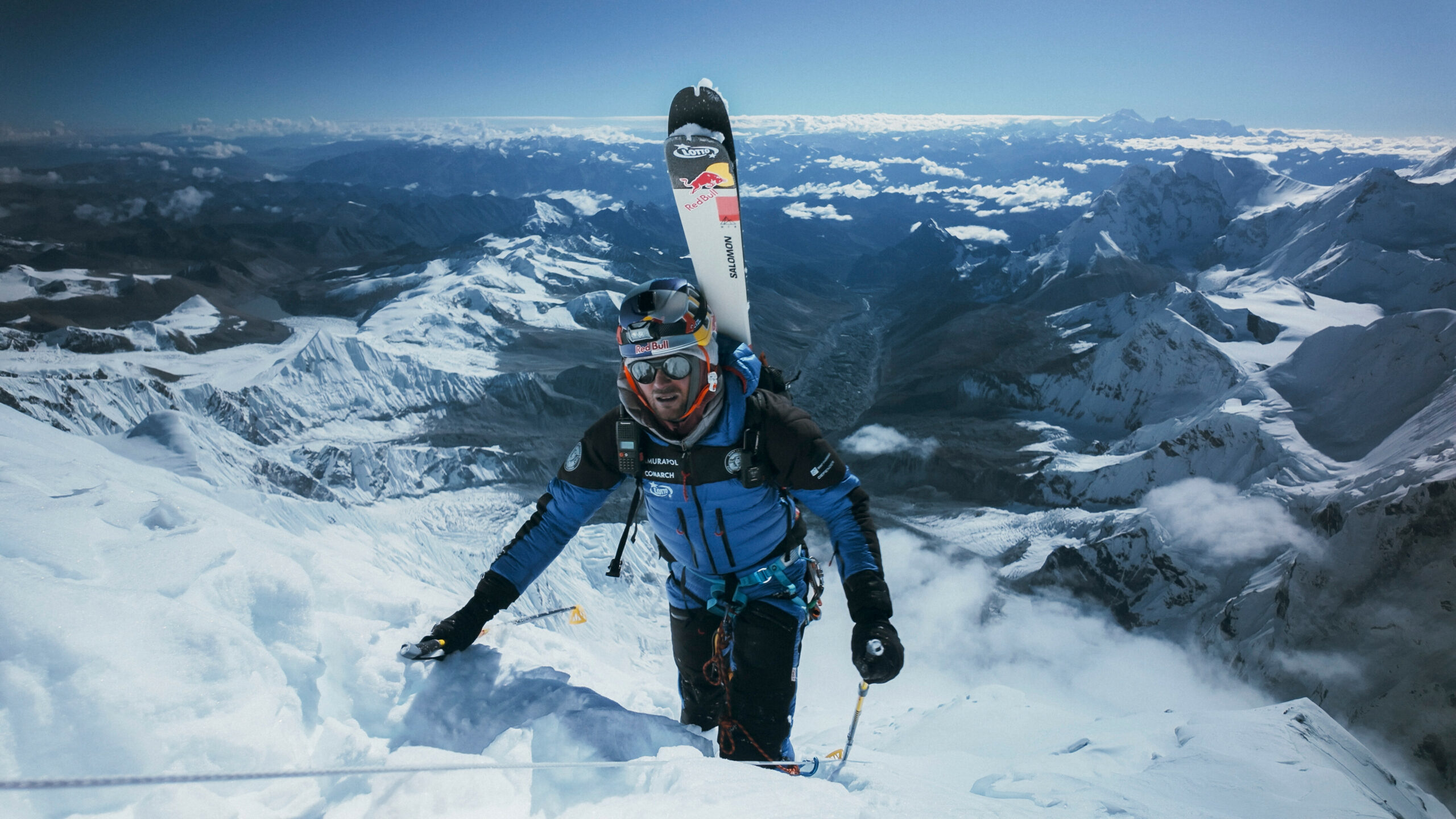
On September 22, 2025, high on the summit of Mount Everest, Andrzej Bargiel clipped into his skis and pointed them downwards. Sixteen hours of climbing without bottled oxygen had already pushed him into the limits of human physiology. Now he was about to attempt what no one else had dared: a continuous ski descent from the highest point on Earth all the way back to Base Camp, lungs starving in the thin air of the death zone.
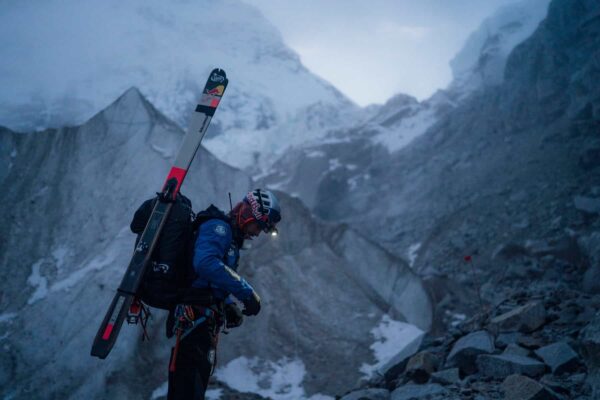
The 37-year-old Polish mountaineer had spent days carefully rotating between Everest’s camps, building just enough acclimatisation to stand a chance. From the South Col he pushed off into a mountain transformed by fresh snow, trail-breaking through the night. By mid-afternoon he was on top of the world, but he didn’t linger. Within minutes he slid below the Hillary Step, carving along the exposed ridge, threading the Balcony, then dropping toward the South Col and beyond. By the time he skied into Camp II it was dark, too dangerous to keep moving. He bivvied there, knowing the most dangerous section still lay below.
At dawn on September 23 he set off again, picking his way across Everest’s shoulder walls before confronting the Khumbu Icefall — a constantly shifting labyrinth of crevasses and tottering blocks of ice. This was no place for skis, yet he committed, guided partly by a drone flown by his brother Bartek. No ropes, no fixed lines, just edge control and nerve. At 08:45 he slid into Base Camp, completing a feat that mountaineers and skiers alike had long considered impossible: the first full ski descent of Mount Everest without supplementary oxygen.
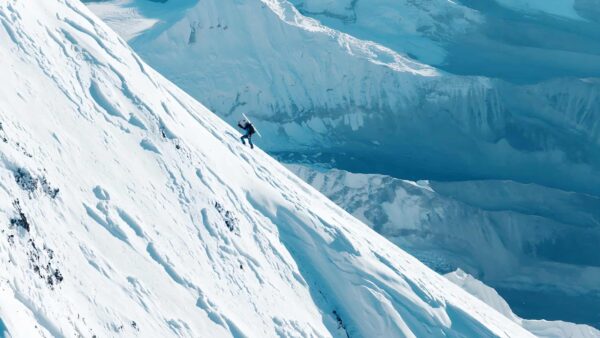
This wasn’t just another tick on an already loaded résumé. Bargiel is the only person to have skied down both Everest and K2, achievements separated by seven years but linked by their audacity. K2’s 2018 descent had already cemented his reputation. Everest has elevated it beyond debate. He has also claimed first ski descents of Broad Peak, Gasherbrum I and II, and remains one of the very few to have climbed the five great 7,000-metre Soviet peaks in a single month, all without oxygen.
The numbers are stark. More than 6,000 people have stood on Everest’s summit. Fewer than 200 did so without bottled oxygen. Most spend a matter of hours in the death zone; Bargiel endured almost 16. At that altitude the human body is surviving on a third of the oxygen available at sea level. Every step risks collapse. Every decision is blurred by hypoxia. To then ski technical terrain in those conditions is almost beyond comprehension.
His support team knows it. Expedition doctor Patrycja Jonetzko said his performance goes “beyond human capabilities.” American mountain guide Adrian Ballinger, who has summited Everest nine times, called it “monumental” — pointing out that while others have skied parts of the mountain, only Bargiel has linked summit to Base Camp in one unbroken line without oxygen.
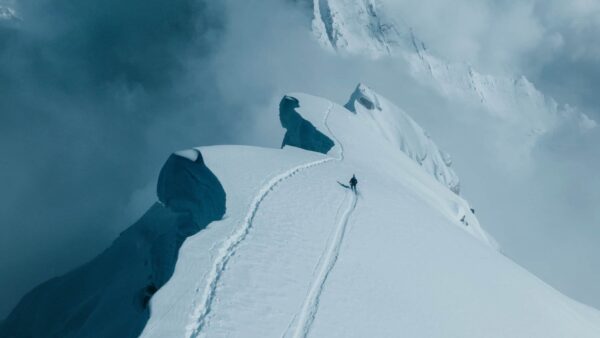
For Bargiel himself, it was the culmination of years of preparation. “Skiing down Everest without oxygen was a dream that had been growing inside me,” he said. “Plotting a safe line through the Khumbu was the greatest challenge I could ever face.” His brother Bartek admitted guiding with a drone was nerve-wracking, especially knowing his sibling’s life was tied to every decision. Relief came only when Andrzej cleared the glacier.
In the grand arc of high-altitude climbing, moments like this redefine what’s possible. In 1978 Messner and Habeler shattered the belief that Everest couldn’t be climbed without oxygen. In 2025 Andrzej Bargiel proved it could be skied without it. For the small world of ski mountaineering, it is a new benchmark. For anyone who looks up at Everest and wonders where human limits lie, it’s proof that those limits are still being pushed higher, and steeper, than most of us can imagine.
